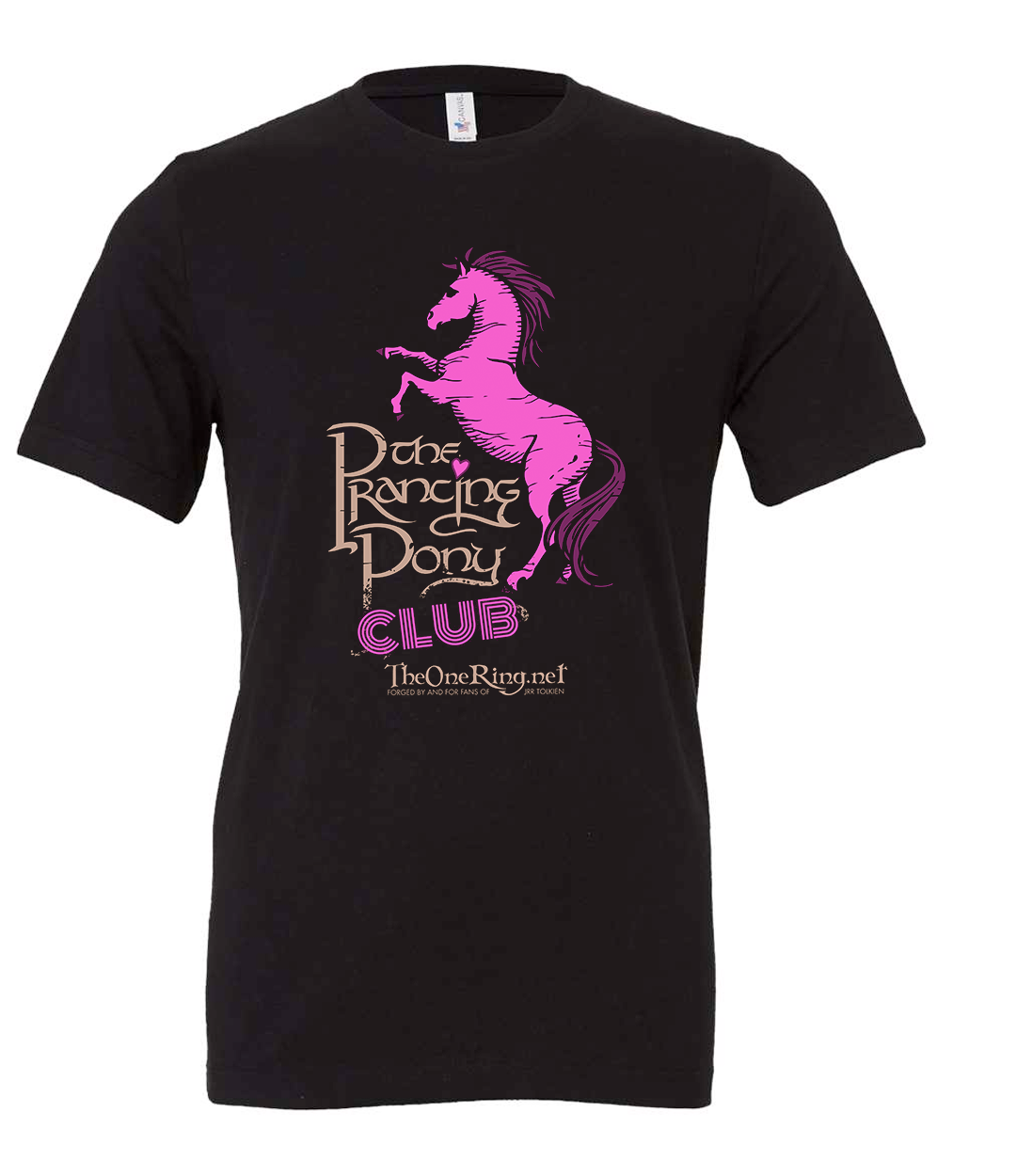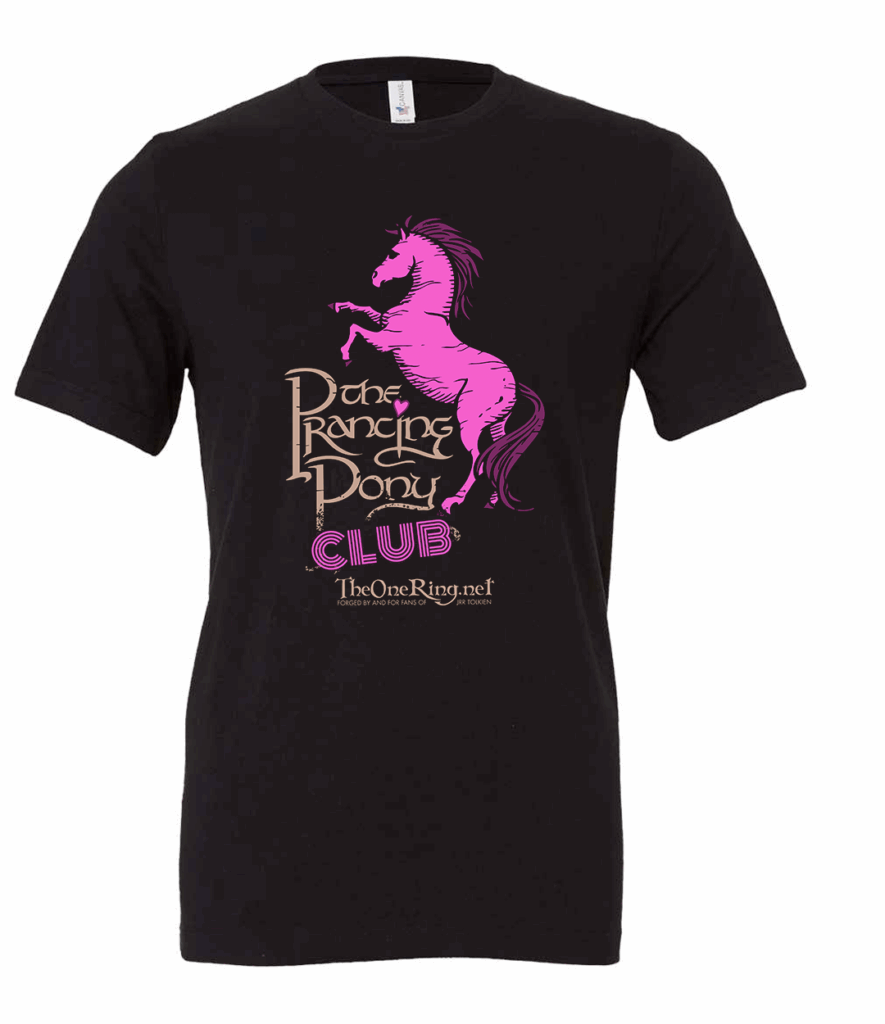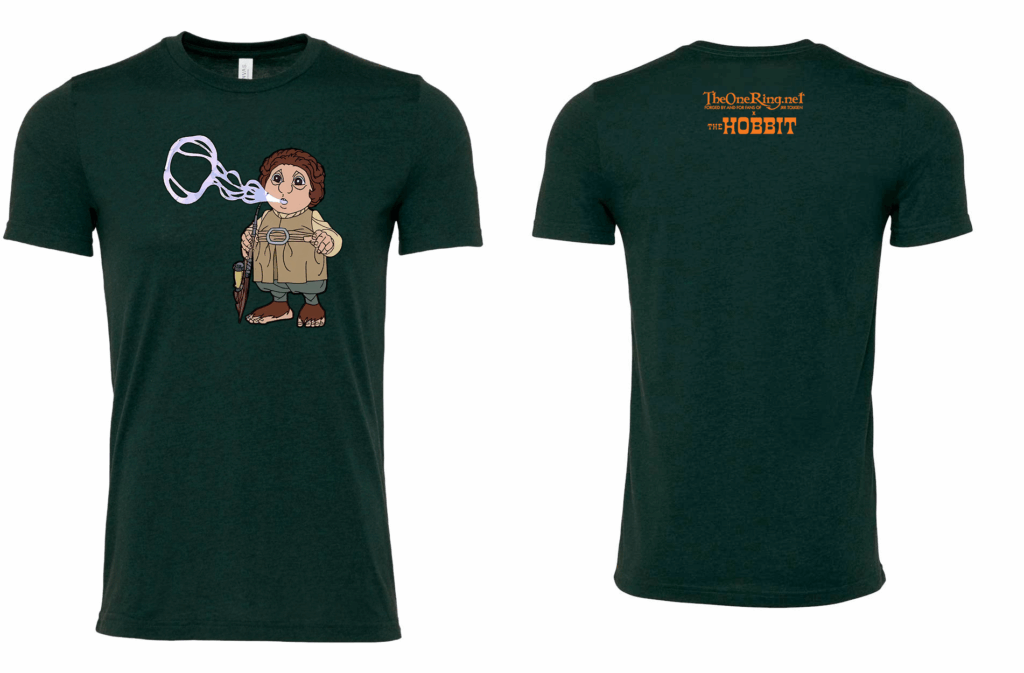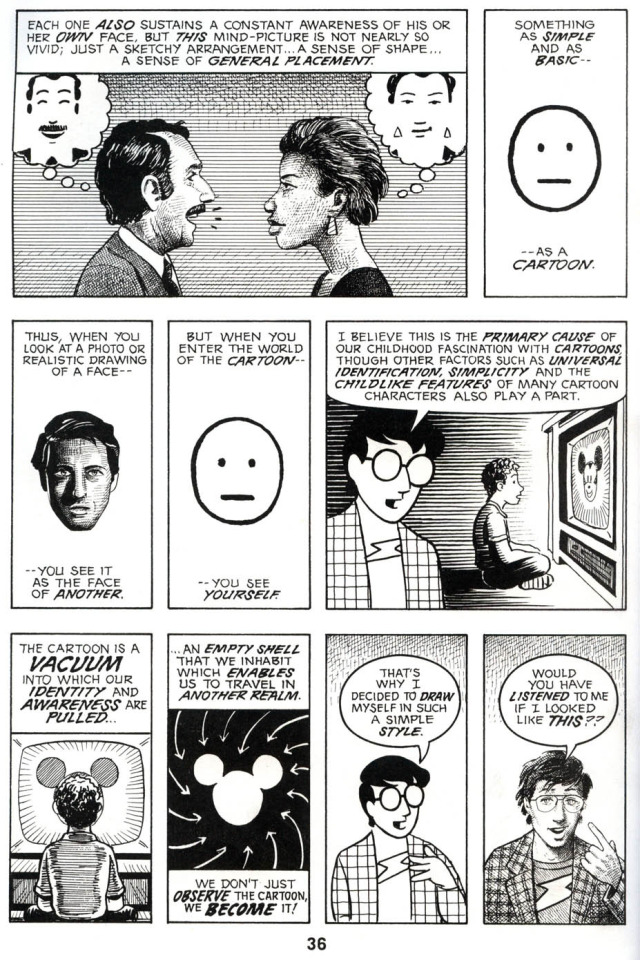In Praise of a Classic Text: Understanding Comics - Part II
Jul. 14th, 2025 08:17 pmLast week I posted about Scott McCloud’s Understanding Comics - which, among many interesting arguments, postulates that when you look at a realistic drawing of a face, you see another, where when you look at a more simply drawn cartoon image - a smiley face, Charlie Brown, Minnie Mouse - you see yourself. I talked about the implication of that for certain kinds of fan art, and today I want to talk about a second interesting implication - specifically in terms of fannish identification with a character.
Interesting implication the Second: There’s a great book called How To Be Gay by David Halperin - (I did a Fanhackers post about it a couple of years ago) - in which he argues that his gay male students seemed to enjoy coded queer works - e.g. Broadway musicals, Hollywood melodramas, The Golden Girls, Steel Magnolias, Judy Garland and Adele, etc. - more than they enjoyed what Halperin calls “good gay writing,” - that is, “fiction about gay men written by gay men that gave voice to the gay male experience.” As I wrote in my Halperin post (and as I wrote about at length in my article, “Slash/Drag: Appropriation and Visibility in the Age of Hamilton” in Booth’s Companion to Media Fandom and Fan Studies) this makes perfect sense to me as a fangirl - many female fans find more to identify with in Spock or Mulder or Sherlock or Aziraphale than they do in female characters in serious literary novels who are dealing realistically with the problems that they face. That sounds like…a whole boatload of no fun, to be honest. (Personal sidebar: Do I want to read a serious literary novel about the travails of a female, middle-aged English Professor like myself? I do not. FWIW I basically had to be forced to watch even fluff like The Chair, and only because I knew everyone would ask me about it. I also personally don’t enjoy an academic AU, YMMV. But that doesn’t mean that I don’t find places of strong identification in the TV I watch and the fic that I read - it’s just not straight-up literal like that.)
But I think it’s McCloud who gives us the WHY of this phenomenon when he talks about how realist faces read as “another,” while more simply drawn faces provoke identification. There’s a way in which “good gay writing” - the voice of the gay experience - can feel disappointingly NOT YOUR EXPERIENCE - because of course there is not a single gay experience, and what you are likely to read is distorted by time and distance and age. I see it with my students, for whom the gay experience of the 1950s, 1960s, 1970s might as well be ancient Egypt - (or may be less familiar than ancient Egypt, Egypt kind of being its own fandom.) Anyway a lot of gay writing doesn’t speak to their problems or their issues, and while they’re interested in it, they don’t identify with it - and that can be really hard when you’re young and queer and feeling isolated, to feel like you don’t even relate to the people you are supposed to relate to. But in an odd way, the cartoons - the coded figures - don’t go out of style the same way. And they are places of broad identification over generations: We can all be Mama Rose or Dr. Frank N. Furter or sing “I Will Survive” – because it’s a metaphor (for being closeted, for being monstrous, for surviving, etc.) It doesn’t age the same way as, for instance, the novels of Ethan Mordden or Edmund White or plays like The Boys in the Band or Torch Song Trilogy. There’s a great passage in Stacy Wolf’s book, A Problem like Maria: Gender and Sexuality in the American Musical, where Wolf, a lesbian, talks about driving cross-country in a convertible singing, “My Man,” (“Can’t Help…Loving That Man of Mine!”) which, she claims, provoked her to write her book about lesbian readings of the musical. In short, Steven Universe can do work that “good gay writing” cannot–and so can fandom, with its cartoon heroes, animated and live action both.
Our new shirts designs – available at SDCC (and beyond!)
Jul. 14th, 2025 06:52 pm
Feast your eyes! Here's a first look at the new shirt designs we'll be selling at our booth (#1934) at San Diego Comic Con this year.
First of all, if you have crazy visions of yourself in Bree, you might find yourself down at the Prancing Pony Club (complete with sparkle of course):


Next - we're very excited to reveal that we're partnering with Middle-earth Enterprises in bringing fan favorite the Rankin/Bass The Hobbit to SDCC first the first time. These Hobbit shirts are EXCLUSIVE and some of the first official merch ever for the animated TV special! Quantities are extremely limited.

Alas, these shirts will not be for sale online. We WILL have the Prancing Pony Club shirt for sale at DragonCon. Let us know if you'd like to see The Hobbit shirt for sale there as well!
More details of TORn's participation in San Diego Comic Con coming soon; we hope to see you there, bright and early, to snap up these special shirts before they're gone!
Zip & Win a trip to New Zealand with Thrilljoy and Hot Topic
Jul. 9th, 2025 03:47 pm
The hunt is on for the 1 of 1 elusive Frodo PIX! collectible at any Hot Topic store!
Thrilljoy, a new vinyl toy collectible brand, launches a huge new contest today to send a couple fans to Hobbiton in New Zealand. It's all part of a promotion with Hot Topic stores. Today, Wednesday July 9, Hot Topic Rewards Club members can go to their local store and recieve a FREE Frodo PIX! figure. Yes we said FREE while supplies last.

One lucky fan will zip to open their collectible and discover a 1-of-1 rare ghost edition Frodo, which is the winning figure sending you to NZ!
How to Enter
It's free, it's today, and it's already stressing me out!
- Go to HotTopic.com and sign up for the Reward program
- Head over to your local Hot Topic store in USA and CANADA
- Show off your Rewards member details to the store clerk
- Recieve a free FRODO PIX! from Thrilljoy (while supplies last)
- Zip open the perforated box
- Enjoy your Frodo with Sting, or the rare chase Frodo with Ring
- One lucky fan will get the clear Frodo with instructions to redeem the trip to NZ
Thank you to Karissa Marston, head of marketing for Thrilljoy, for all the details! She joined us on TORN Tuesday explaining the whole contest and how Thrilljoy is a wonderful new company from the creator of Funko Pop toys. Watch below!
In Praise of a Classic Text: Understanding Comics - Part I
Jul. 7th, 2025 06:54 pmI debated writing this post, because I tend to assume everyone knows Scott McCloud’s Understanding Comics - but then again, it’s not often cited as a classic fan studies text, though it absolutely is, and a key. Not only is it a fantastic theoretical and practical explainer of the art form of comics in general - and so is a crucial text to comics fandom, as well as all kind of fan art - but I think it is useful for fandom broadly because of its description of storytelling technique and, even more specifically, its understanding of identification.
McCloud argues (for example on the page below the cut) that readers identify more strongly with a more roughly-sketched face - in its most basic form, a smiley face - than with a fully-fleshed out, realistic or photorealistic portrait. In other words, we all see ourselves in a smiley face - or, for example - in somebody simply drawn like Charlie Brown - whereas if we see a very specifically drawn person, McCloud says we see the other–another, one who is not-me.

I believe this and I think it has a couple of interesting implications for fandom.
Interesting Implication the First: There is a way in which fan art tends to create a kind of quick, cartoonish iconography for popular fannish characters that can–not rival, it’s not a competition!–but provide a very different kind of fannish pleasure than a very realistically drawn image. To be an old, and draw on an old fannish frames of reference like Stargate Atlantis, there is a way in which John Sheppard is represented by a particular flip of upswept messy black hair that makes him - (hear me out!) - look different from actor Joe Flanagan; similarly, Rodney McKay is characterized by his sandy brown hair, heart shaped <strike>ass</strike> face, and slash of a mouth. See chkc’s wonderful chibi McShep below:

Chibi Mcshep - 2010-05-02 - Uniform (0 words) by chkc
Chapters: 1/1
Fandom: Stargate Atlantis
Rating: General Audiences
Warnings: No Archive Warnings Apply
Relationships: Rodney McKay/John Sheppard
Characters: John Sheppard, Rodney McKay
Additional Tags: Fanart, Chibi
Summary:
John smooches Rodney while in uniform.
I would argue that a fanartist working in a mode like this makes Sheppard more rather than less real–in a way, the further Sheppard gets from Flanagan, the realer he is, and the closer he is to the John Sheppard who took up a lot of real estate in my mind for a while there. Who is NOT Joe Flanigan, and who can disappear for me if he looks too much LIKE Joe Flanigan. (Similarly: Han Solo is not Harrison Ford! Misha is not Cas! Etc. ) YMMV of course, and certainly there is wonderful realistic art, but I think that fan art serves a lot of different purposes, and there’s something wonderful about more iconographic art…
Next week: Interesting Implication the Second!







